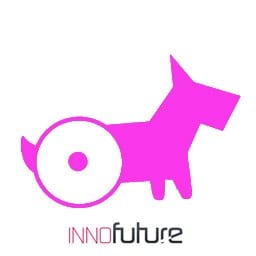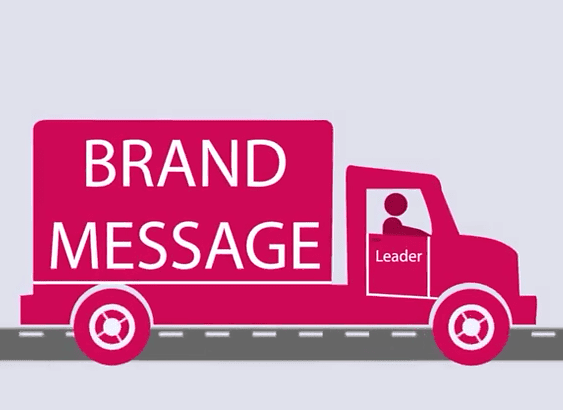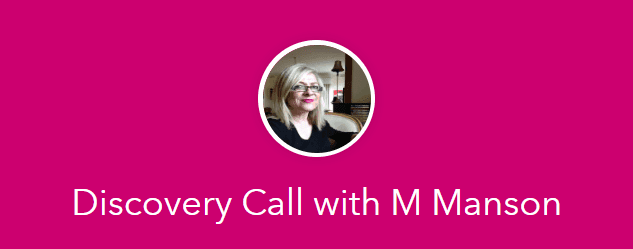 Business IS personal. But the western culture has spent the last hundred years separating business from personal. Hence, many western businesses often forget that people do business with people and that it’s all about relationships and meeting market needs one customer at a time. The future of business in Australia is everybody’s business, especially if you are an SME business leader and your future depends on the success of your business.
Business IS personal. But the western culture has spent the last hundred years separating business from personal. Hence, many western businesses often forget that people do business with people and that it’s all about relationships and meeting market needs one customer at a time. The future of business in Australia is everybody’s business, especially if you are an SME business leader and your future depends on the success of your business.
A group of conglomerates in the SE Asia accounts for a dragon share of the business transacted there. Wilmar International, still operating its multibillion dollar business from its original shop house in Chinatown, has a turnover that is 21.4% of Singapore’s GDP. Hong Leong Group, 14% of Malaysia’s. In Thailand the Charoen Pokphand Group accounts for over 10% of the Thai GDP. These names are unknown outside of SE Asia, but that is about to change, spoke Adaire Fox-Martin, VP at SAP at a recent Economic Growth Summit.
Interesting part? All these companies are family run businesses! According to the above source, their success can be attributed to three characteristics: collective access to natural resources and low cost of labour; understanding of emerging markets; timely decision making; and networks that enable them to access and channel funds into new businesses and ideas.
Their business models are attuned to the environment that they operate in, with many of them controlling the entirety of the supply chain for the goods and services they offer.
Gangnam Style? Welcome to the Asian Century
Over 80% of Australian businesses are SMEs, who do not, and in our culture will never have the potential to control this magnitude of resources. But this is the inevitable backdrop of the competition they face.
The only way to face and withstand this competition is by COLLABORATION. Collaboration is more than supply chain management. It is about forming alliances to mobilise and leverage resources, skills and capabilities of others. Australian businesses have the freedom to do so. Provided that they have the right information and tools.
The just announced world’s first Agility Study by PWC and Melbourne University reveals that to compete and survive, organisations have to withstand the turbulent winds of economic, social, and technical change – through agility.
An agile organisation is able to rise to the challenges of this turbulent world by achieving sustained competitive advantage through continuous adaptation. According to the study, there are three elements of achieving agility:
- Wide-reaching Horizon: ability to spot threats and opportunities well in advance and everyone in the organisation should be looking for what’s out there; using their formal and informal networks to scan the environment and pass on the intelligence to the right people at the right time.
- Velocity: capacity to shift resources around quickly and efficiently to the parts where they are most beneficial. Some voices in management thought leadership are proposing to dispense with traditional budgeting which imposes rigid frameworks on business responsiveness.
- Plasticity: ability to create or dissolve relationships quickly. According to the latest collaboration models, these are new matrix-like, multidimensional ecosystems that replace traditional, linear, ‘pass-the-baton’ supply chains.
Interestingly, this approach also addresses two perennial challenges for organisations to successfully innovate: competition for innovation initiatives with short-term priorities and lack of integration of innovation objectives with strategic objectives of the rest of the organisation. Communicating Vision and strategy is a good starting point for competitive advantage.
What does it all mean to Australian businesses?
Let’s go back to South East Asian situation. Clearly, it poses both, a great immediate threat but also a huge competitive advantage for agile Australian businesses. The fact is that these successful and aggressive conglomerates have not sufficiently invested in the skills needed to thrive in increasingly competitive, international markets. Historically, these organisations have concentrated on productivity and efficiency, with less focus on innovation. Few of these organisations have the needed expertise in technology, training, systems, and customer service to improve their competitive edge. There is a distinct opportunity for Australia’s businesses to fill this gap and aid these organisations in meeting those challenges.
One other point to keep in mind before thinking twice about the need for Agility and Collaboration is that Southeast Asia’s enterprises face similar challenges to those we see in Australia today, such as the war for talent.
Other challenges are uniquely Southeast Asian, such as limited focus on innovation and maturity of infrastructure, which in addition to out-dated bureaucratic processes severely hampers the movement of goods internally and externally.
Australia is in a prime position to offer its technology, best practices, and expertise in helping SE Asian organisations succeed in their inevitable global expansion – and benefit in the process in the new world. This is an opportunity for agile, SME Australian organisations.
But we are not there yet.
Collaboration Impertive.
 Australian business leaders need to recognise a bigger picture – fast … and work together.
Australian business leaders need to recognise a bigger picture – fast … and work together.
Neither the Government nor large multinationals are going to get you any level of competitive advantage. Only SMEs have the natural agility to strike the necessary new alliances, and, perhaps, to lobby together for the Government to take the right actions. I see every day new Government initiatives that see only the large organisations invited to the table – along with universities – to decide our future.
We need leaders from progressive, ambitious SMEs who want to make a difference to their own businesses and to the future of this nation. Only business Owners and Leaders have the power to decide how our society will fare in this century and beyond.
Change is a constant. We cannot resist it. We must embrace it and ride the wave. Those who plod along – will be swept by the wave of competition that is already heading for our shores. Business leaders need to change thinking – before they can change actions, especially actions of others, their employees. For Australian businesses to survive and thrive, need strong leadership. And, in this century, they need to master Collaboration, fast!
Great opportunities are emerging for Australian businesses to gain competitive advantage in the connected world. These opportunities will be driven by couragious, open minded leaders, not by the Government or large multinationals. The JFK message “Ask not what this country can do for you. Ask what you can do for this country” has never be more relevant. It’s time to get personal and build networks and win-win-win relationships where it matters, one at a time.
Margaret Manson | Chief Inspirator | InnoFuture
 InnoFuture helps organisations identify and leverage Competitive Advantage and “translate” it into a system that enables continuous improvement by guiding and inspiring people in their daily jobs. The outcome is a self-directed organisational culture. In the ever changing world of business models InnoFuture remains unbiased because there is no one-fits-all-business-model or silver bullet tool you can give to your people out of context. Instead, we continually explore and curate emerging concepts, tools and expertise; and help businesses find their unique way to connect their strategy, people and market.
InnoFuture helps organisations identify and leverage Competitive Advantage and “translate” it into a system that enables continuous improvement by guiding and inspiring people in their daily jobs. The outcome is a self-directed organisational culture. In the ever changing world of business models InnoFuture remains unbiased because there is no one-fits-all-business-model or silver bullet tool you can give to your people out of context. Instead, we continually explore and curate emerging concepts, tools and expertise; and help businesses find their unique way to connect their strategy, people and market.
Contact: Margaret Manson or 0407 661 130.


